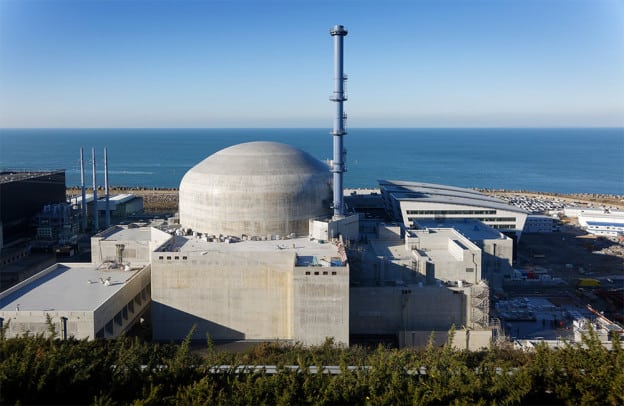As of December 21, 2024, the Flamanville 3 nuclear reactor in Normandy, France, has finally connected to the country’s power grid, marking a significant milestone in the ongoing development of nuclear energy in France. Originally slated to commence its operations over a decade ago, this 1,600-MW unit is now recognized as the most powerful generating facility in the nation. The project has faced numerous technical challenges and setbacks throughout its construction, causing significant delays. Luc Remont, CEO of Électricité de France (EDF), announced this crucial phase in the reactor’s journey, while French President Emmanuel Macron heralded the achievement as a pivotal moment for France’s energy landscape, underlining its significance in the nation’s low-carbon energy vision and industrial revival.
The journey of Flamanville 3 reflects broader trends in the global nuclear sector, particularly among European Pressurized Reactors (EPRs). The reactor’s success comes over six years after the first EPR went online in China at the Taishan site in 2018, followed by a second one at the same site. Additionally, the Olkiluoto unit in Finland began operations last year, 14 years behind its original schedule. The continual delays and costs associated with EPR projects have raised concerns about the feasibility of nuclear development in Europe. Flamanville 3 not only is a technological achievement but also symbolizes France’s commitment to maintaining its nuclear presence as a cornerstone of the national energy strategy, which currently relies on nuclear power for around 62% of its electricity generation.
The launch of Flamanville 3 is described as a “historic” event by Remont, emphasizing the rarity of new reactor startups in France, the last being Civaux 2, which came online 25 years ago. Currently, the country operates nearly 60 reactors, boasting a combined generation capacity of about 64 GW, making it a leader in nuclear energy. However, this leadership has not come without significant financial implications; Flamanville 3’s construction costs ballooned to 13.2 billion euros (approximately $13.76 billion), a staggering increase from the original estimate of 3.3 billion euros. This escalation of costs has contributed to skepticism regarding future nuclear projects and potential energy policies aimed at expanding France’s nuclear capabilities.
Despite the numerous challenges faced by Flamanville 3, including an automatic shutdown shortly after its initial start-up attempt on September 3, 2024, its eventual connection to the grid is a crucial step forward. Following the unexpected shutdown, extensive testing was conducted at the site, preventing a rapid return to full operational capacity but ensuring that safety and safety equipment standards were met. This careful approach underlines EDF’s commitment to ensuring the reliability and safety of its nuclear fleet as it seeks to reaffirm its position in the energy market.
Macron is pushing forward with plans to enhance France’s nuclear generation capacity. Following the commissioning of Flamanville 3, the government issued orders for six additional EPR2 reactors, a simplified design to ease construction and operational hurdles. Plans are in place for these reactors to be built in pairs at existing power stations in Penly, Gravelines, and Bugey. Macron has also hinted at the possibility of adding eight more EPR2 units beyond the initial six, indicating a robust future for nuclear energy in the country. The government regards nuclear power not only as a means of energy security but also as a vital strategy for contributing to climate goals by reducing carbon emissions.
In conclusion, the operationalization of Flamanville 3 signifies both progress and challenges within France’s nuclear energy framework, which simultaneously seeks to revitalize its industrial sector and transition to low-carbon energy sources. As nuclear energy remains a substantial part of France’s electricity production, the experiences drawn from Flamanville 3 may set precedents for future projects in the country and beyond. The proactive measures proposed by Macron and the developments undertaken by EDF may pave the way for a more resilient and diversified energy grid, ultimately supporting France’s ambition to lead in the global shift towards sustainable energy solutions.

